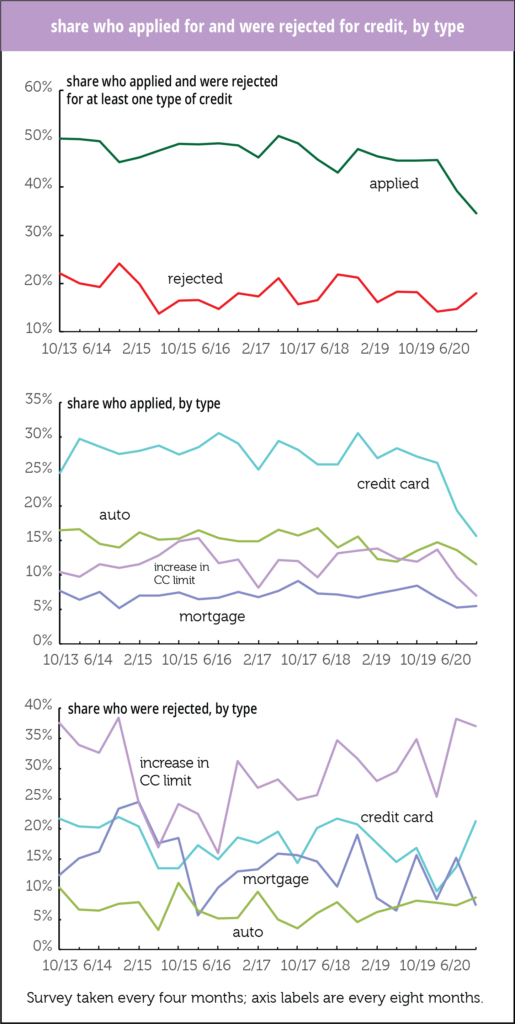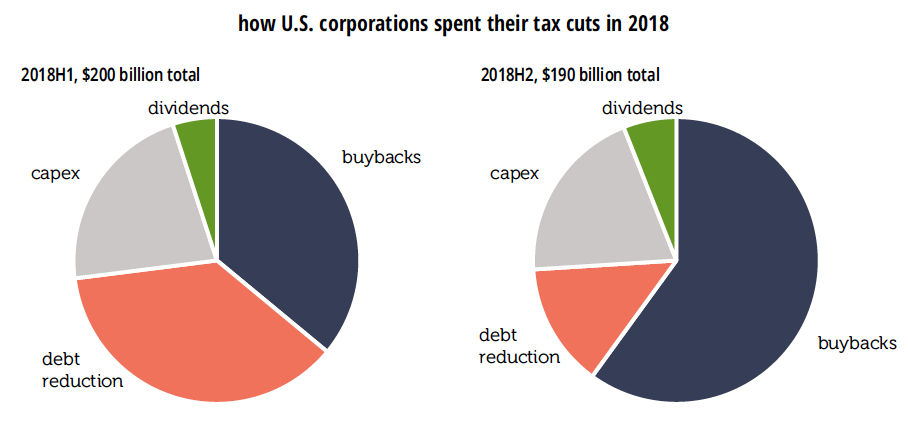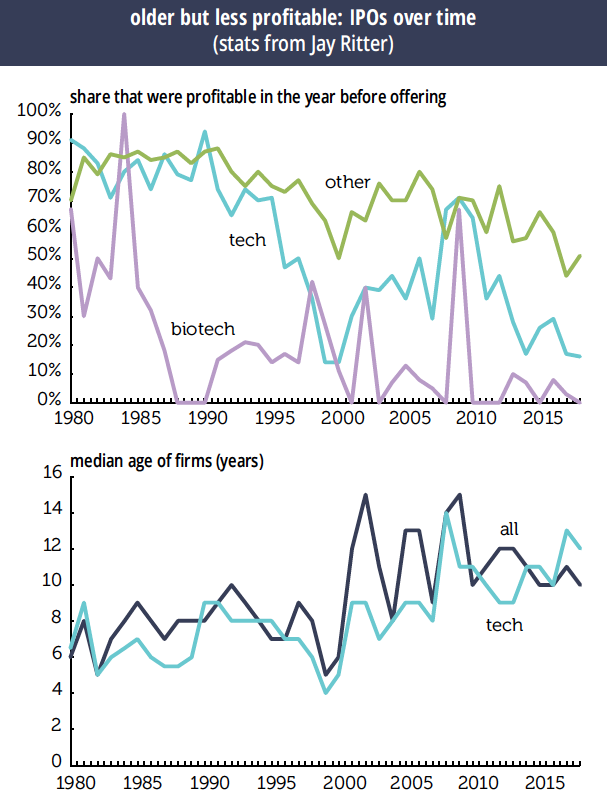A Metaphor Unlikely to Deliver: Betting on H20
Michael Hiltzik has a piece buried in this morning’s Los Angeles Times, with the catchy title, “Wall Street Can Now Bet on the Price of California Water: Watch Out,” but more staid content.
Amid questions about how such an index would work “anywhere outside California,” he mentions that people who have tried to make money from California water rates have often lost their shirts. In one such plot, Texas’s Bass brothers fell far short of their goal of $92 million in revenue in the first year when they bought farmland in California’s Imperial Valley, which entitled them to buy water at a federally subsidized $12.50 an acre-foot. The plan was to let the land lie fallow and sell the water to thirsty San Diego at $400.00 an acre-foot. Not so said the Metro Water District amid public uproar, and the Bass brothers sold off the land, making a profit, but.
Those who put together the index claim it’s “doing good,” and Hiltzik says they are correct on the locking in of prices for farmers, “as far as it goes.”
To him, the problem is not the speculation, it’s that an index can’t address the underlying causes of water scarcity, including climate change and wasteful agricultural practices, which are expected to deteriorate further.
Another problem we’re underscoring—it probably won’t make headlines—is a potential hit to our beleaguered, bottom-line essential agricultural workers. Hiltzik suggests that using markets to try to manage things like water shortages excludes certain affected players who can’t participate, in this case, the environment, and farmworkers. If farmers are in the position where they are better leaving their fields fallow and selling their water, the farmworker is “out of luck.” And a job.
Ellen Hanak, water expert at the Public Policy Institute of California who pointed out the missing shirts above, also cautioned that water is a “heavy commodity with a lot of restrictions on how it can be moved… People talk about water as the new gold, but that’s just a metaphor.”

Cormorants on Malibu Lagoon







